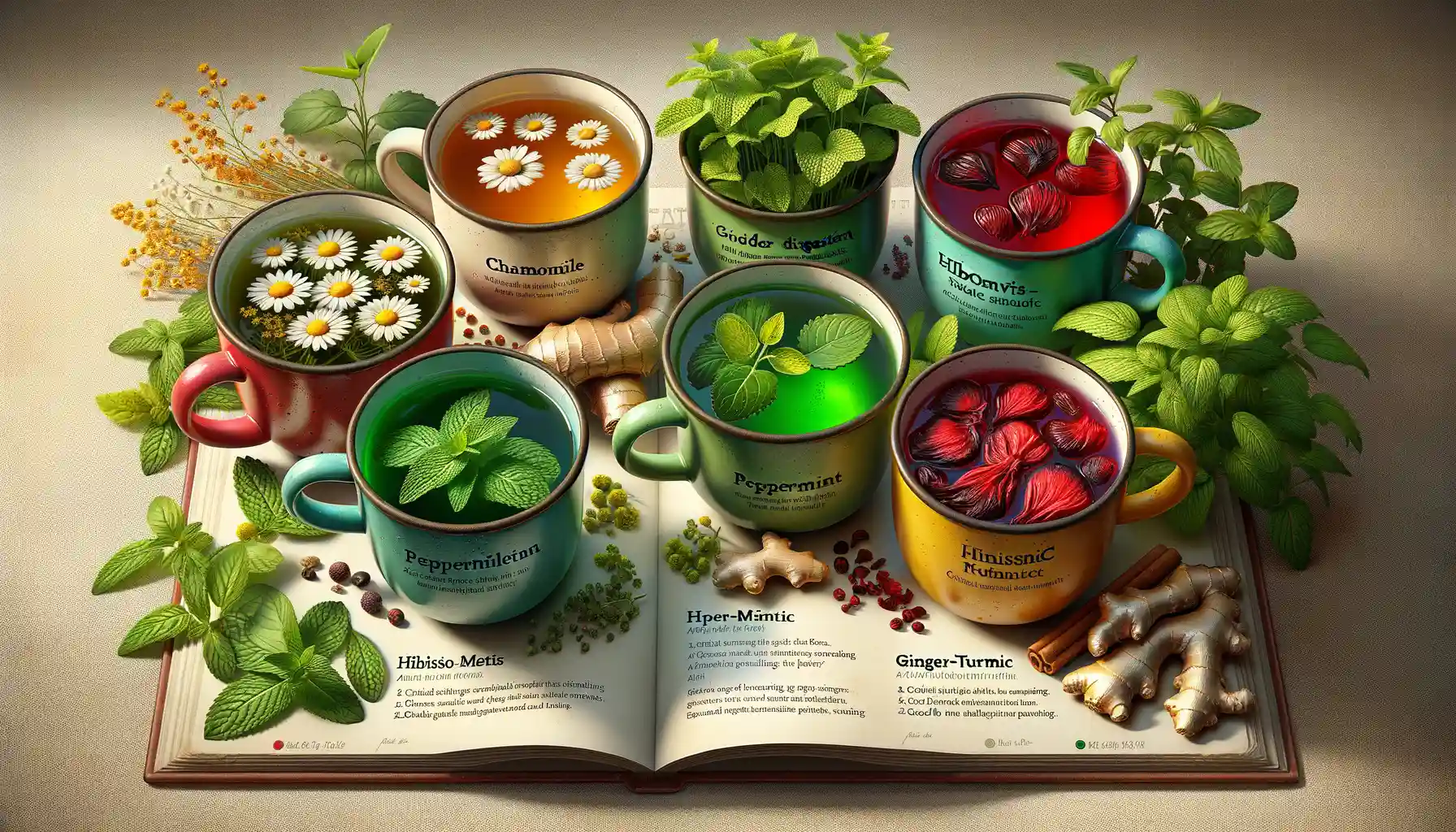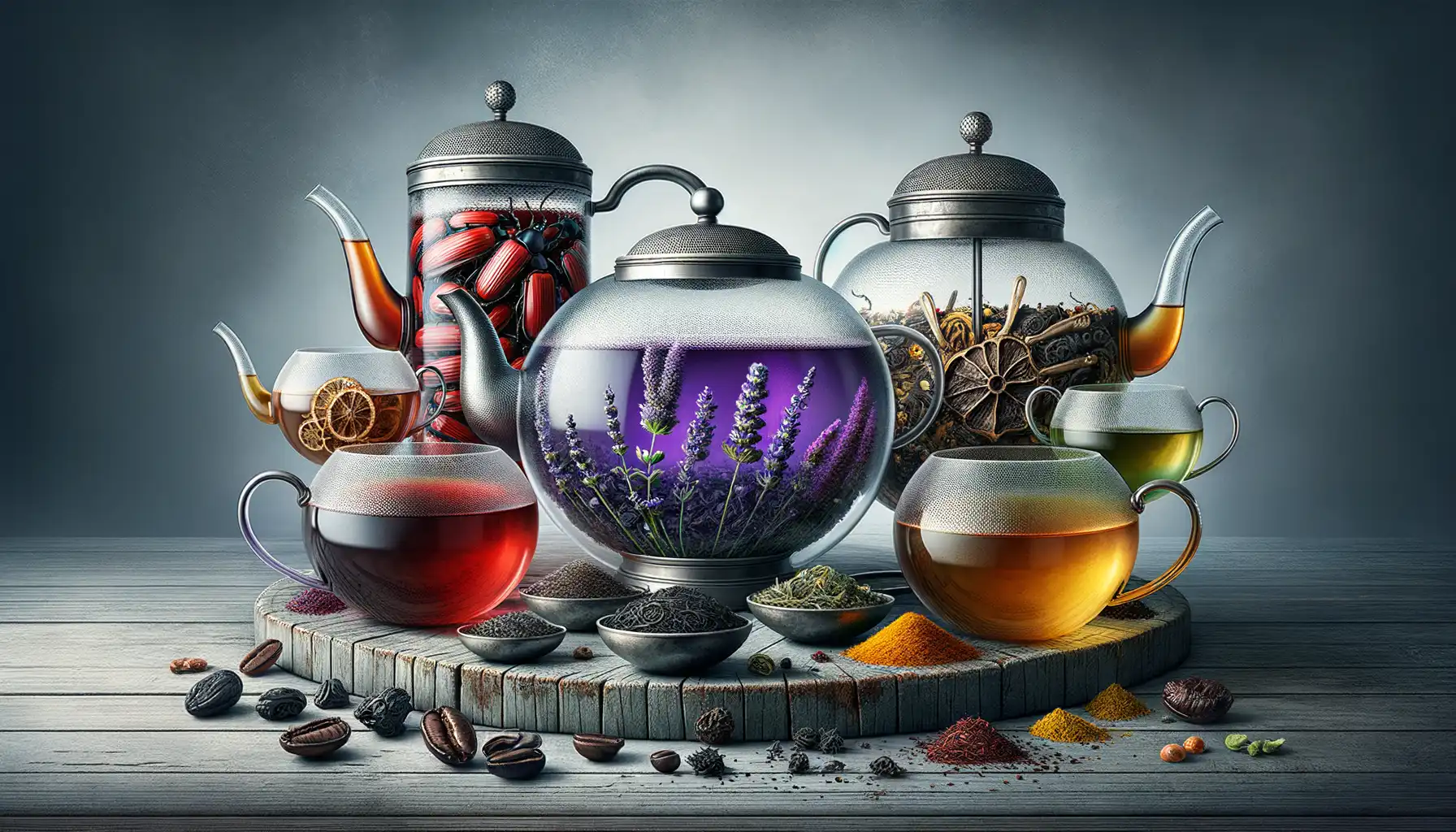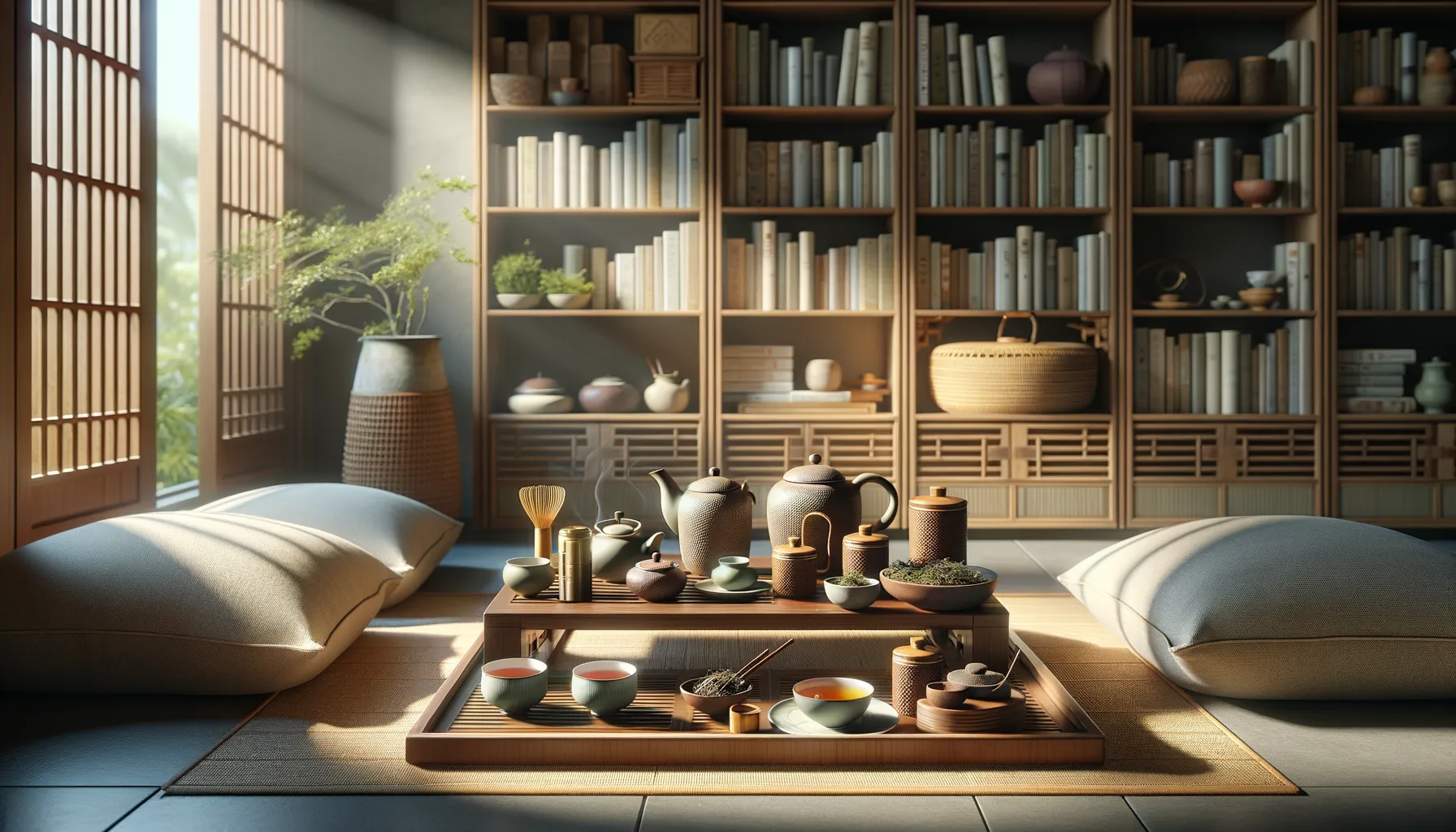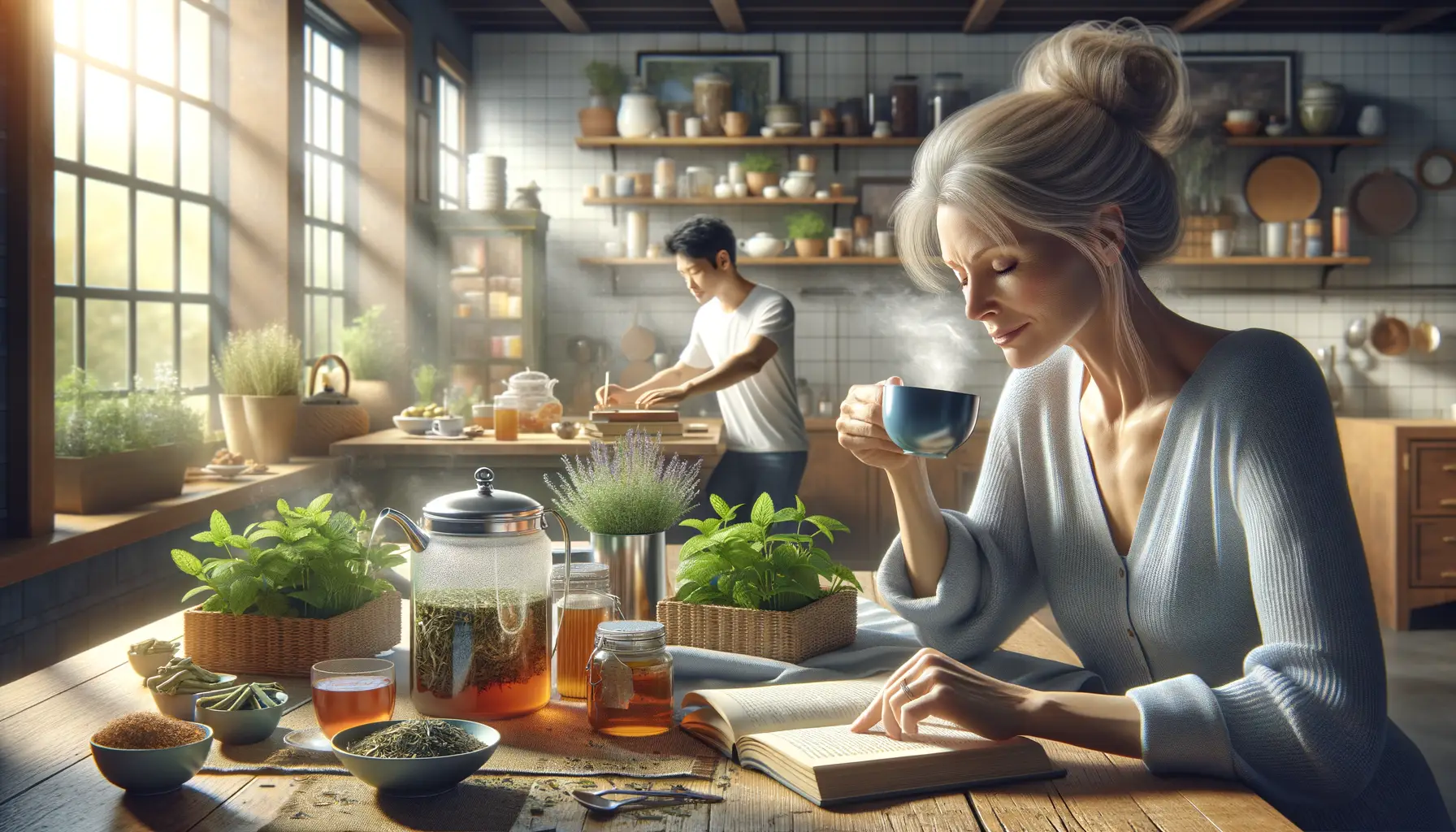History and Cultural Significance of Herbal Tea Rituals
A Journey Through Time: Herbal Tea in Ancient Rituals
Herbal tea isn’t just a drink—it’s a whisper from the past, a tradition steeped in centuries of meaning. From the smoky steppes of ancient China to the bustling souks of Morocco, humans have turned to these mystical brews for connection, healing, and even divine inspiration. Picture this: in ancient Egypt, priests performed sacred ceremonies with infusions of chamomile, believed to appease their sun god, Ra. Meanwhile, Greek philosophers sipped fennel teas to stimulate thought and conversation—a liquid muse for some of the sharpest minds in history.
But it wasn’t all gods and philosophers. In medieval Europe, wise women would gather fragrant herbs like peppermint and thyme to craft restorative brews for weary travelers. Imagine how those earthy wafts must have welcomed someone who’d trekked miles across unforgiving landscapes!
- China: Herbal tisanes were intertwined with Taoist practices, symbolizing balance and harmony.
- India: Ayurvedic traditions paired herbal teas with meditation, creating sacred moments of mindfulness.
Herbal tea rituals remind us that sometimes, the simplest act—brewing leaves and water—is an act of love, healing, and history swirling in your cup.
Health Benefits of Herbal Infusions

Sip Your Way to Serenity: Immune Boosts and More
Imagine the warm embrace of a steaming mug in your hands, its herbal aroma swirling around you like a calming breeze. That’s not just comfort—it’s nature’s medicine at work. Herbal infusions are powerhouses of wellness, offering targeted benefits to your body and mind.
Take chamomile, for instance. This unassuming little flower is like your personal lullaby, lulling you into a blissful sleep after a long day. Craving an immunity kick? Enter **elderberry** and **echinacea**, your warriors against seasonal sniffles. And let’s not forget peppermint—this invigorating herb doesn’t just freshen your breath, it can soothe digestion like a gentle massage for your stomach.
- Lemon balm: A stress-melter that rivals a good laugh with an old friend.
- Ginger root: Warming and spicy, it battles inflammation and kicks nausea to the curb.
- Hibiscus: Vibrantly red and tangy, it works wonders for heart health and blood pressure.
The Mind-Body Connection in Every Cup
Herbal teas don’t just heal—they transform. Sipping a cup of **lavender** tea while journaling? That’s self-care doubled. Pair a mint infusion with mindfulness practice, and suddenly your racing thoughts feel silenced. These infusions create rituals—moments where mind and body align, whispering, “You’re going to be okay.” Have you had your moment of herbal zen today?
Unique Ingredients in Unconventional Teas

Ingredients That Transform Tea Into an Experience
What makes a tea truly unforgettable? It’s often those unexpected, bold ingredients that linger on your palate and leave you wondering, “What *was* that?” Let’s talk about the magic hidden in unconventional teas—crafted with creativity and packed with extraordinary flavors.
Take, for instance, the warm, almost mystical essence of blue butterfly pea flower. This Southeast Asian bloom doesn’t just brew into a gorgeous cobalt-blue infusion; it’s also believed to calm the chaos within, like sunshine breaking through storm clouds. Then there’s the invigorating touch of black garlic—a fermented superfood that lends a savory-sweet depth to tea unlike anything you’ve ever tasted. Yes, garlic. In tea. And somehow, it works.
For those craving a kick of spice, unconventional blends may feature fiery elements like Sichuan peppercorn, adding a tongue-tingling twist to your sip. And don’t overlook the subtle sweetness of roasted dandelion root—the earthy flavor feels more like a hug from nature itself.
- Rich, nutty notes from roasted barley
- Fruity surprises like dried elderberries or cactus blossoms
- Even seaweed for a delicate umami vibe!
Every ingredient tells a story, infusing this ritual with layers of healing and discovery.
How to Create Your Own Tea Rituals at Home

A Sacred Space for Sipping
Transforming your tea time into a personal ritual starts with creating an intentional space. Think about where you feel most at ease—your cozy nook by the window, a sun-drenched spot in your garden, or even your kitchen counter adorned with soft lighting. Add small touches that make your heart hum: a flickering candle, a vase of fresh lavender, or your favorite mug, chipped but full of stories. Surround yourself with textures and colors that soothe your senses. This is where alchemy happens—turning ordinary moments into extraordinary rituals.
Your Ritual, Your Way
No two tea rituals should look the same; they’re as unique as fingerprints. Start by choosing a tea blend that speaks to your mood or needs:
- Lemon balm for grounding after a whirlwind day.
- Elderflower if your immune system needs a warm hug.
- Hibiscus when you’re craving vibrancy and joy.
As the water boils, let it symbolize transformation—a quiet pause before the storm clears. Pour with intention, inhale deeply, and let the first sip anchor you. Add a mantra or whisper gratitude, if you like. Your tea may be steeped in more than just herbs; it’s infused with purpose.
Incorporating Herbal Teas into Daily Life for Wellness

Transforming Ordinary Moments Into Herbal Tea Rituals
Imagine beginning your morning not with the hurried chaos of coffee, but with the gentle embrace of a steaming cup of herbal tea. A mix of earthy chamomile and sweet licorice root can feel like nature itself is whispering, “Take it slow.” This isn’t just tea—it’s self-care steeped in a mug.
Infuse your daily routine with healing rituals that anchor you, even during life’s whirlwind moments. For example, slot in a midday reset by brewing a zesty cup of ginger and lemongrass infusion. Lean into its citrusy aroma while stepping away from your screen. Those few minutes can feel like tropical rain washing over a parched soul.
- Mornings: Opt for energizing blends like hibiscus and cinnamon to spark creativity as the day begins.
- Evenings: Soothe the mind with lavender and valerian root to drift effortlessly into restfulness.
Practical Tips to Fall in Love With Your Tea Ritual
Keep it simple, yet intentional. Place your favorite loose-leaf blends in beautiful jars on display—because a ritual starts with aesthetic allure. Or layer your senses: listen to soft music, light a rosemary-scented candle, then let your tea’s warmth wrap your hands. You’re not just drinking; you’re nurturing.




